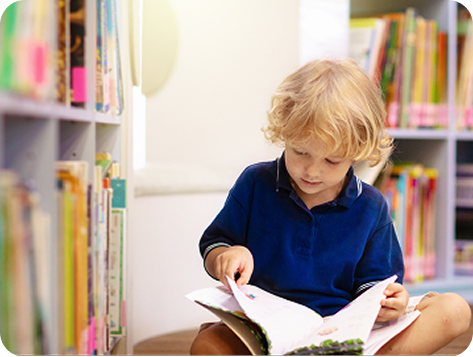By ages 10 and 11, children are beginning to think more critically. They’re developing stronger skills in reading, writing, math, and science, and they’re ready to tackle more complex projects. AI can be a powerful partner when used with creativity and guidance.
For Parents
- Research Help: Ask AI to give a short description of a historical person, animal, or invention your child is curious about. Then, have your child write three questions they’d like to ask if they could interview that subject.
- Math Challenges: Invite AI to create a word problem using multiplication or division. Work through the problem together and talk about strategies.
- Creative Writing: Children can ask AI to suggest an “alternate ending” to a favorite story, then write their own version.
For Teachers
- Social Studies: If the class is studying the westward movement, ask AI to help create a “broadside” (an early newspaper or song sheet) reflecting a child’s perspective on the journey. Students might set their words to the tune of a familiar song like “Yankee Doodle.”
- Science – Solar System: Ask AI for age-appropriate facts about the planets. Students can create a movement composition, with groups representing each planet. The number of children in each group can reflect the relative size of the planet. Their movements can show orbit, rotation, or special features (like Saturn’s rings).
- Language Arts: Invite AI to suggest vocabulary words in a sentence. Students can use the words to write a paragraph or poem.
Arts Integration
- Music: Students can create simple melodies or rhythms to go with their broadsides. They might try drumming “cov-er-ed wag-on” or “Gold Rush” rhythms.
- Drama/Role-Play: After reading an AI-generated story about pioneers, students can act out a short skit showing the challenges and decisions families faced.
- Movement: The solar system composition brings science into kinesthetic learning, helping children embody abstract concepts through group work and rhythm.
Guidance for Adults
- Encourage children to use AI as a starting point, then add their own ideas and creativity.
- Group activities are especially valuable at this age, building teamwork and problem-solving skills.
- Keep sessions purposeful and connected to classroom or home learning.
